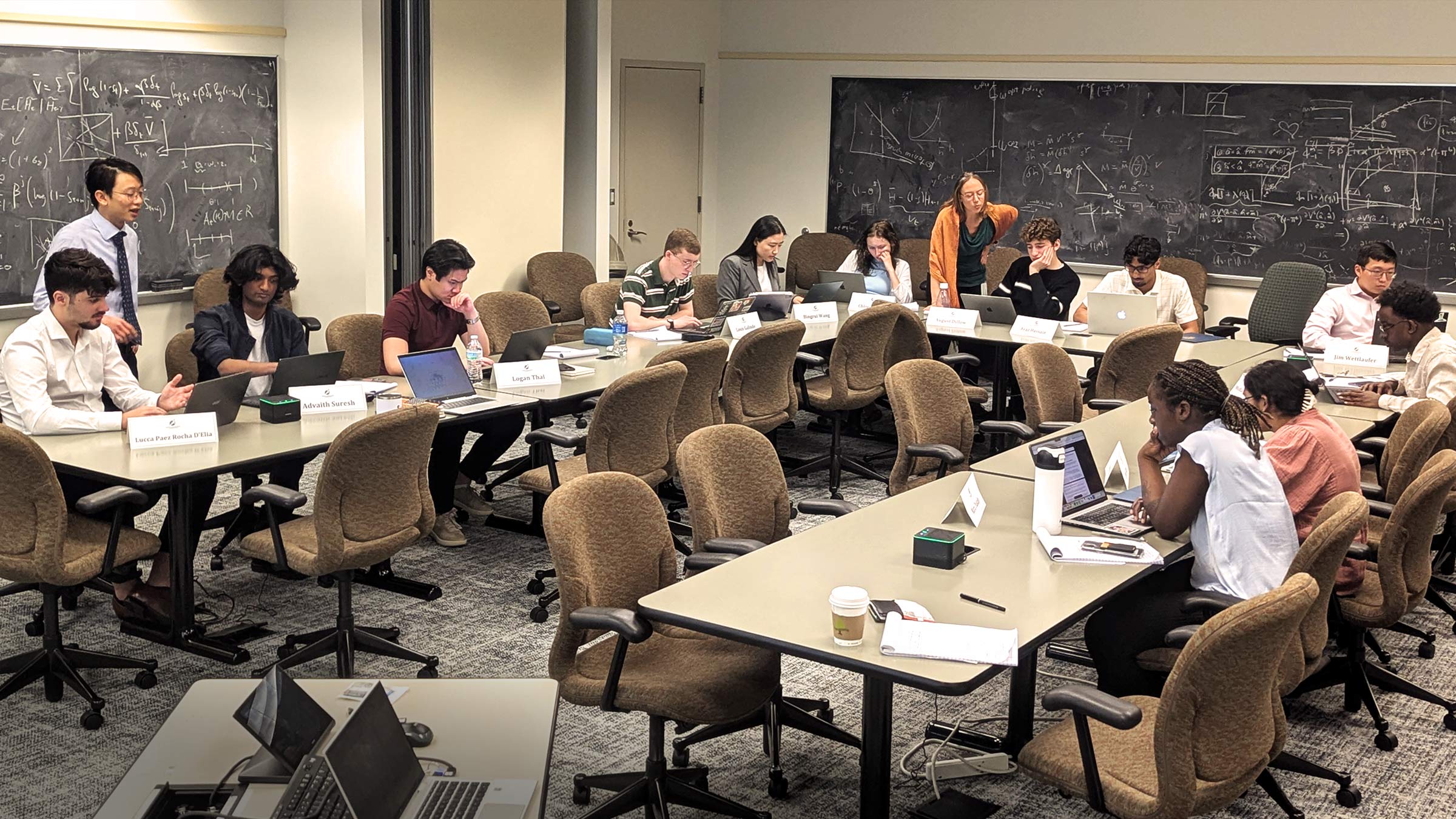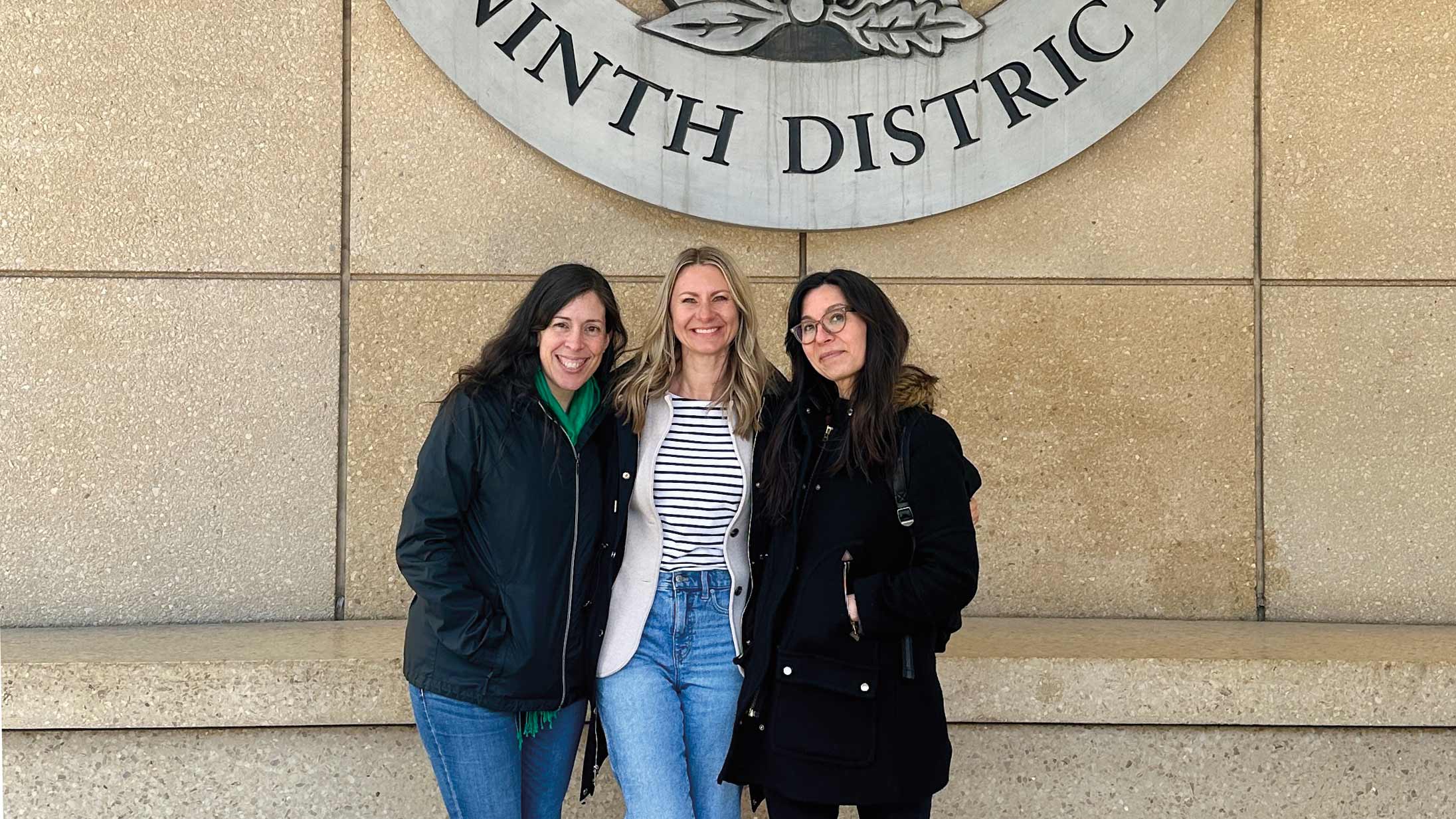
It is one thing to hear economic reports sitting around a table. It is quite another to visit the sites from where those reports originate. That is a lesson that the Board of Directors, along with the Minneapolis Fed’s senior management team, learned directly when they visited the area known as the Bakken Oil Patch in northwestern North Dakota in August 2012.
“The pace of economic activity was striking,” said Mary Brainerd, Board chair. “From the trucks on the highway, to the wells in the field, to the construction in the cities, there was a lot of energy.”
The purpose of the visit was two-fold: first, to get exactly that type of first-hand information about a particular region within the Ninth Federal Reserve District; and second, to have an opportunity to communicate directly with people about the role of the Bank’s Board of Directors. In remarks that he gave in Minot and Williston, N.D., Bank President Narayana Kocherlakota stressed the connection that the Bank’s directors have with their local communities and how they end up representing those local communities in the making of monetary policy.
“One of the strengths of the Federal Reserve System that Congress designed nearly 100 years ago, in 1913, is its system of regional banks and branches that ensures representation from citizens in towns and cities throughout the country, including relatively small communities like Springfield, Aberdeen, and Negaunee,” Kocherlakota said, referring to towns in South Dakota in the first two cases and the Upper Peninsula of Michigan in the third. Those directors are charged with answering questions about business and economic activity in their regions and industries. “As you might imagine, the Federal Reserve is very good at aggregating and analyzing data, but data often lag and do not give a complete description of what is currently happening in the economy. The information that I receive from our directors is important in helping me complete that economic picture,” Kocherlakota said.
The Directors’ tour included stops at an oil well, an oil transport station, a natural gas processing facility, and a tour of Williston. In between, the Directors heard presentations on the geology of shale oil drilling and the economic impact of the Bakken drilling on the region, including the impact on regional labor markets. And, of course, the Directors made time to meet with local community and business leaders in Minot and Williston.
“I really hope that we demonstrated a connection to the local communities, and that they realized our genuine interest in learning directly from them about their rapidly changing economic environment,” Brainerd said of the two-day trip. “I thought people were really both surprised and pleased to see folks from the Fed come to them with a desire to learn and to understand what has changed in their communities, and how they are handling that change. We certainly learned a great deal.”
Some of what was learned will be incorporated into the feature page that the Bank has created to track the economic impact of the oil drilling in western North Dakota and Eastern Montana. One thing is certain, according to Kocherlakota, the Bank will keep a close eye on this evolving economic phenomenon. “This wasn’t our first trip to the region and it won’t be our last. We are keenly aware of the tremendous growth that has occurred in western North Dakota, and also eastern Montana, and the spillover effects in other parts of the Upper Midwest and the country. We will be watching this story for years to come.”
For more information on the Bank’s Directors:





